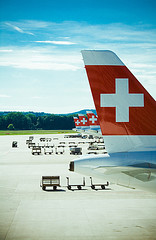 Travel insurance companies now provide annual travel insurance for people who have to travel often throughout the year, but don’t always have the time to sign up for a travel insurance plan before they have to leave. Travelers who need annual coverage may be business travelers, leisure travelers, even medical travelers – anyone who travels often and usually unexpectedly throughout the year.
Travel insurance companies now provide annual travel insurance for people who have to travel often throughout the year, but don’t always have the time to sign up for a travel insurance plan before they have to leave. Travelers who need annual coverage may be business travelers, leisure travelers, even medical travelers – anyone who travels often and usually unexpectedly throughout the year.
Annual travel insurance plans are different from multi-trip plans, which are used to cover multiple trips over a specified amount of time. Instead, annual travel insurance is designed to cover all the trips you have to take throughout the year with the same consistent set of benefits and a single company to call when you need help.
What are the benefits of buying annual travel insurance
The benefits of buying a year’s worth of travel coverage can include:
- consistent coverage for all your trips for the next 365 days
- coverage without the hassle of applying for each trip
- coverage that is automatically in effect — even for unexpected travel
- coverage that applies even if your travel plans change
- a single contact to call when you need help
In addition, if you have to travel often or frequently travel with little advance notice, the cost of buying an annual plan may prove more cost effective than buying a multi-trip plan. It can certainly provide consistent, year-long peace of mind, which is valuable in itself.
Essentials to look for in an annual travel plan
The travel insurance policy you choose should provide coverage for all the locations in which you may travel, and it should provide enough protection for the least safe place in which you will travel. For example, if you think you may travel in countries that are routinely plagued by civil strife and war, you will want to ensure that your travel coverage has the protection features you need.
At a bare minimum, you will want your annual travel insurance plan to cover the following:
- lost or delayed baggage and personal effects
- trip cancellations, delays and interruptions (including missed connections)
- accident- and illness-related medical expense coverage
- emergency evacuation and repatriation
Of course, you will have to check the plan details to be sure all of the minimum benefits are in effect in each of the locations in which you may travel. You may also want an annual plan with automatic renewal, so be sure to find out if the plan you want provides that feature.
Other benefits useful in an annual travel plan
In addition to the the required basic features, you may want to include these additional features, depending on your personal level of comfort and your financial situation:
- accidental death and dismemberment
- adventure traveler or sports accident medical coverage
- rental car protection
- flight accident protection
- protection against financial default or bankruptcy of travel suppliers
- terrorism coverage for common carriers
- terrorism coverage for your target destination
- return of minor children and emergency medical reunion if you are hospitalized
Of course, depending on the type of travel you will be doing, you may be able to eliminate some of these features or need to add others.
How to protect yourself with your annual travel plan
Be sure to keep the details of your plan with you when you travel, so you have the information you need to contact your insurance company. Also, this will help if you suddenly encounter a new situation and want to check the plan for specifics. It is especially important to keep the contact details and policy number with you as you travel – one copy in your wallet and one in your bag, just in case your wallet is stolen.

 The Caribbean island getaway is heralded as the ultimate vacation bliss. People head to the islands for honeymoons, anniversaries or much-needed relaxation all the time. Caribbean beaches are a great place to catch a tan, but it’s also helpful to remember that travel insurance for the Caribbean can help you avoid several trip hiccups that can come with the beautiful island scenery.
The Caribbean island getaway is heralded as the ultimate vacation bliss. People head to the islands for honeymoons, anniversaries or much-needed relaxation all the time. Caribbean beaches are a great place to catch a tan, but it’s also helpful to remember that travel insurance for the Caribbean can help you avoid several trip hiccups that can come with the beautiful island scenery.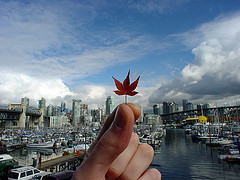 Although Canada may not seem like a particularly exotic travel destination for most Americans, it can still be a great experience to travel up north. Whether you are traveling to Canada’s culturally rich cities such as Quebec City, Montreal, and Vancouver, or whether your goal is to see a polar bear in Manitoba, there are several important things to keep in mind to make sure your travel experience is the best it can be. Travel insurance for Canada can cover you in the event of frostbite while skiing or spraining and ankle while on Quebec’s cobblestone streets.
Although Canada may not seem like a particularly exotic travel destination for most Americans, it can still be a great experience to travel up north. Whether you are traveling to Canada’s culturally rich cities such as Quebec City, Montreal, and Vancouver, or whether your goal is to see a polar bear in Manitoba, there are several important things to keep in mind to make sure your travel experience is the best it can be. Travel insurance for Canada can cover you in the event of frostbite while skiing or spraining and ankle while on Quebec’s cobblestone streets. For Americans, Australia is might seem awfully far away (that’s because, well, it is.) This is part of the country’s appeal of course, since it really is like traveling to another world. Not only is it a trip across several time zones, it’s also a trip to a completely different season, since the Southern hemisphere is reversed from the Northern one.
For Americans, Australia is might seem awfully far away (that’s because, well, it is.) This is part of the country’s appeal of course, since it really is like traveling to another world. Not only is it a trip across several time zones, it’s also a trip to a completely different season, since the Southern hemisphere is reversed from the Northern one.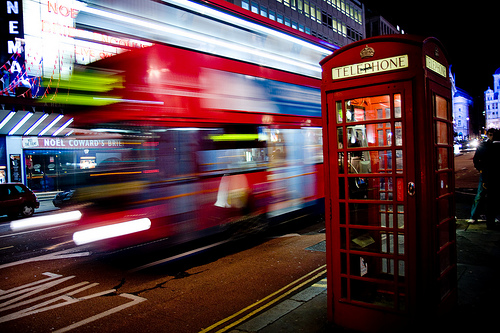 Although the U.K., like Western Europe in general, avoids the problems associated with travel to developing nations, there are still issues that the wary traveler should keep an eye on during a vacation. One of these issues is the drastic difference in driving habits between the U.S. and U.K.
Although the U.K., like Western Europe in general, avoids the problems associated with travel to developing nations, there are still issues that the wary traveler should keep an eye on during a vacation. One of these issues is the drastic difference in driving habits between the U.S. and U.K.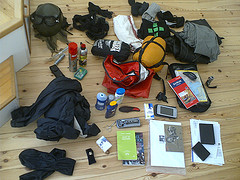 3. Take a photo of your luggage contents
3. Take a photo of your luggage contents 9. Buy TSA-approved locks
9. Buy TSA-approved locks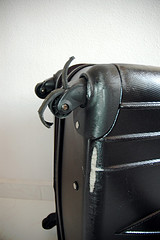 15. Don’t check a broken bag
15. Don’t check a broken bag 23. Avoid expensive looking luggage
23. Avoid expensive looking luggage Volunteering overseas can be an incredibly rewarding experience
Volunteering overseas can be an incredibly rewarding experience 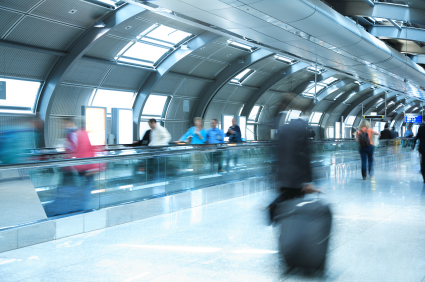 Annual Travel Insurance
Annual Travel Insurance